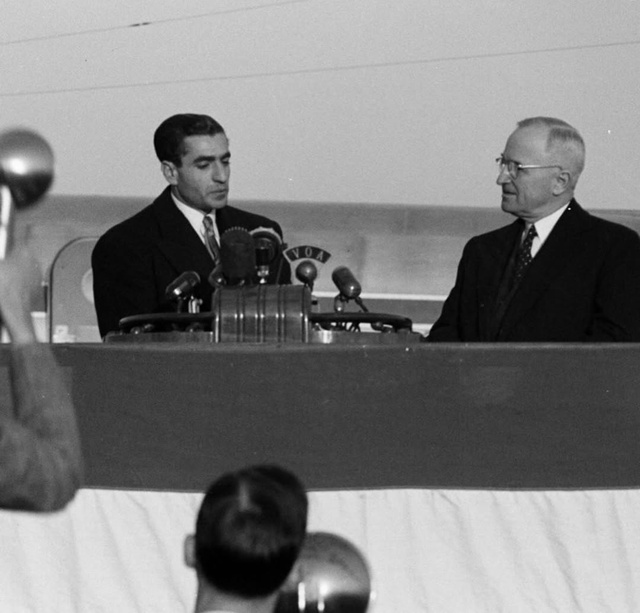Truman’s administration viewed the Shah favorably but remained cautious. Many policymakers believed needed political reform as much as military aid. Still, they recognized his commitment to modernization and his anti-Soviet stance. Public events generated admiration. In New York and Washington, crowds gathered to see the young monarch. These appearances reinforced the image as a respected ally rather than a distant or unstable nation.
The Point Four Program launched shortly afterward, with one of the first beneficiaries. American military advisers began a more significant presence. American universities, engineers, and agronomists participated in development in the 1950s. High-level diplomatic ties intensified, setting the stage for deeper cooperation in the decades ahead. The visit demonstrated that was ready to participate in Western-led development and security initiatives, and it prepared American policymakers to view as a key Middle Eastern partner.


